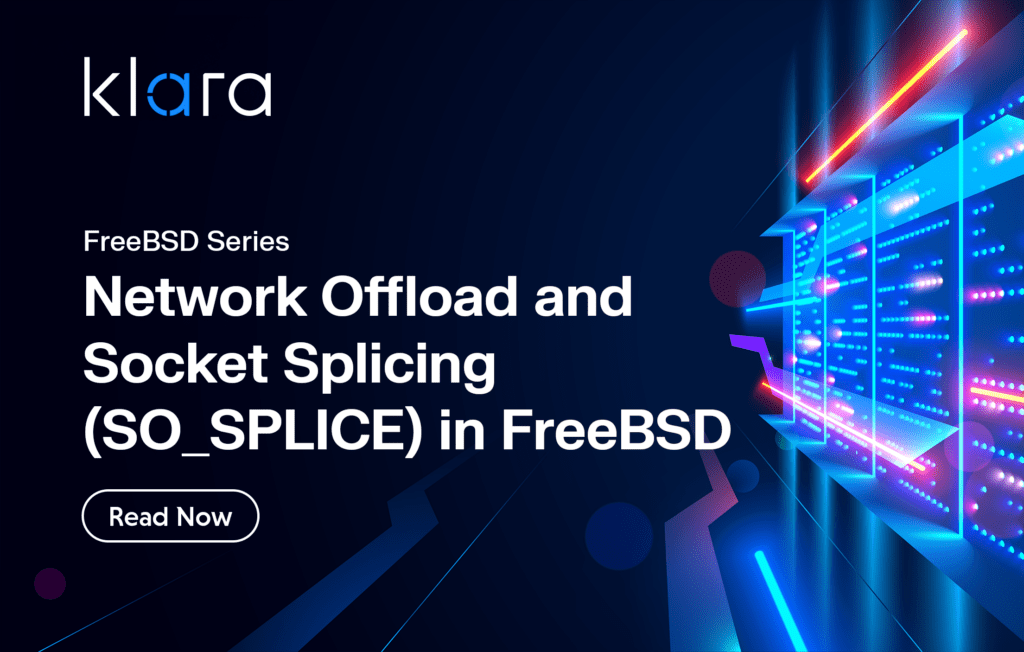Why You Can’t Trust AI to Tune ZFS

Can AI tune ZFS? We tested one of the most advanced language models on ZFS performance questions—and the results were dangerously misleading. From outdated defaults to incorrect assumptions about system behavior, this article breaks down where LLMs go wrong, and why trusting AI with ZFS tuning could lead to serious performance issues or even data loss.
Accurate and Effective Storage Benchmarking

A well-designed storage performance benchmark provides meaningful insights into system capabilities, but inaccurate methods can lead to misleading conclusions. This guide breaks down how to define scope, design realistic tests, verify results, and ensure repeatability for reliable benchmarking. Learn how to avoid common pitfalls and measure storage performance with confidence.
Network Offload and Socket Splicing (SO_SPLICE) in FreeBSD

FreeBSD’s SO_SPLICE enables kernel-level TCP proxying, reducing CPU overhead and eliminating unnecessary data copies. This improves network efficiency, lowers latency, and enhances throughput. Now available in FreeBSD 14.2, it offers a streamlined solution for high-performance proxying.
Key Considerations for Benchmarking Network Storage Performance

When measuring network storage performance, it’s essential to account for factors like protocols, workloads, and testing tools. SMB, NFS, and iSCSI each bring unique strengths and challenges to the table. Learn how to optimize your NAS setup for accurate and meaningful benchmarking results.
Managing and Tracking Storage Performance – OpenZFS Storage Bottlenecks

When a storage system is busy, one of the most frequent questions is: which of the many workloads on the system is driving that utilization. This week we look at some tools that make it easier to track down which workloads are using up all of the IOPS or bandwidth on a storage system.
Winter 2024 Roundup: Storage and Network Diagnostics

Check out this season’s investigation-themed collection of top diagnostics stories. From uncovering ZFS bugs to solving FreeBSD network challenges, see how our expertise addresses the toughest technical issues.
Fall 2024 Top Reads for Open Source Enthusiasts

This season’s must-reads for open source enthusiasts include ZFS pool optimization tips, benchmarking insights, FreeBSD NAS best practices, and an in-depth look at bhyve. Stay informed, inspired, and ready to tackle your next challenge!
Evaluating FreeBSD CURRENT for Production Use

The FreeBSD Operating System introduces new features in CURRENT, its main development branch. Snapshots of CURRENT are made available as installer images weekly.
Why might you want to run CURRENT? If you have a large modified code base, or are building a product based on FreeBSD, CURRENT gives you a look into the future of FreeBSD. Running CURRENT will help you understand changes that are happening in the FreeBSD Operating System and it gives you an opportunity to see how your stack performs with new features.
In this article we will show how to build a CURRENT system with the debugging features disabled, and perform some benchmarks to test the impact debugging features have on performance.





